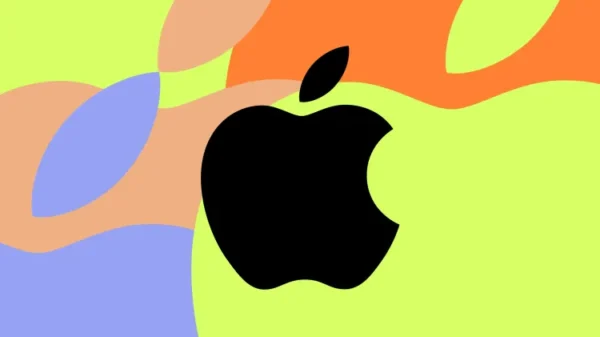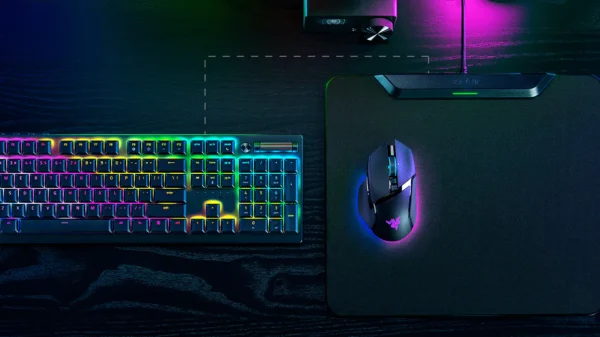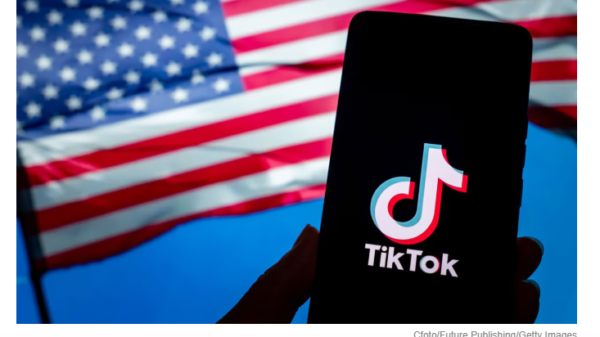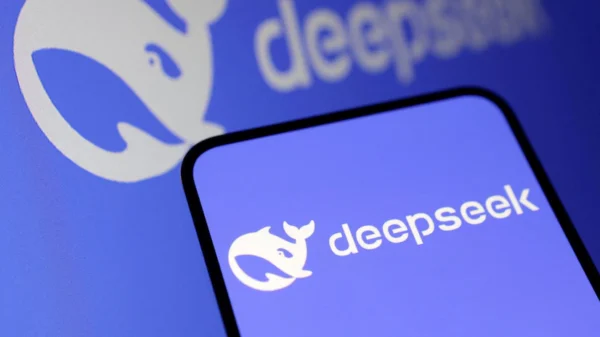The JPEG is almost 25 years old.
That’s very old for a file format, and it’s no doubt impressive that it’s managed to stay relevant for so long, but it’s also amazingly young. JPEG is a name that has been synonymous with other computer terminology, used so frequently and so unanimously that it almost doesn’t seem like it was made by a person – more like, at some point in time, the JPEG just emerged from the fires of creation and became a central part of our image sharing life.
But the team that created it certainly doesn’t want to be forgotten, and that’s why they named the format after themselves. But this year, the Joint Photographic Experts Group is ready to unveil what they believe will be the successor to the universally-accepted JPEG. They call it the JPEG XL.
In this case, the XL refers to how many photos you’ll be able to store on your device, and not to their size: The JPEG XL will use only half the memory of the JPEG when storing a photo, which means you can pack double the number of images into your device of choice, and maybe even cut back a bit on those monthly cloud storage fees.
But it’s not over yet. For the first time, the JPEG is looking at some major competition. Lots of big money tech companies have seen the emergence of the JPEG XL as an icebreaker to enter the race of file formatting. With people taking some time to switch off of JPEG and on to JPEG XL, there’s a brief window where alternatives can be introduced, and possibly catch on. Tech companies are hard at work making sure those alternatives are as appetizing as possible.
One such competitor is the AVIF format, and is currently being developed by Google, Mozilla, and others. There’s also the MIAF (Multi-Image Application Format) being backed by Microsoft and Apple.
Competition in an area where there previously was none is always a good thing. This rush for top format will encourage tech companies to create better and more effective formats, which will also incur positive changes for consumers. Additionally, the JPEG is almost guaranteed at least a partial victory, as many cameras, computers, and other devices already use JPEG and will be looking for the easiest and most straightforward swap once upgrade season rolls around. And that’s a big upgrade according to Touradj Ebrahimi, the chairman of the JPEG standardization committee, who boasts that the new format is up to 60% more efficient at data storage than the old one.
But there’s also a big risk with file formats. While in most business competitions, more competition means better products, lots of competition for file formats might mean no products at all. If these different large companies all make their file format automatic on associated devices, moving files from device to device will become a nightmare. When consumers have to do considerably more work to transfter photos between, say, a Google Pixel phone and Apple iPhone, they might give up on the new generation altogether, and go straight back to JPEG.
Considering how much exclusivity might harm consumers when it comes to transferring files, we’re particularly worried when it comes to the MIAF due to its association with Apple. Apple has had much success off of platform exclusivity through services like iMessage, which is totally inaccessible to anything other than Apple devices. We’re hoping that Apple weighs the consumer disadvantage versus their advantage of leveraging something like Mac exclusivity for their MIAF image format, and chooses not to use this tactic in the upcoming race.



































